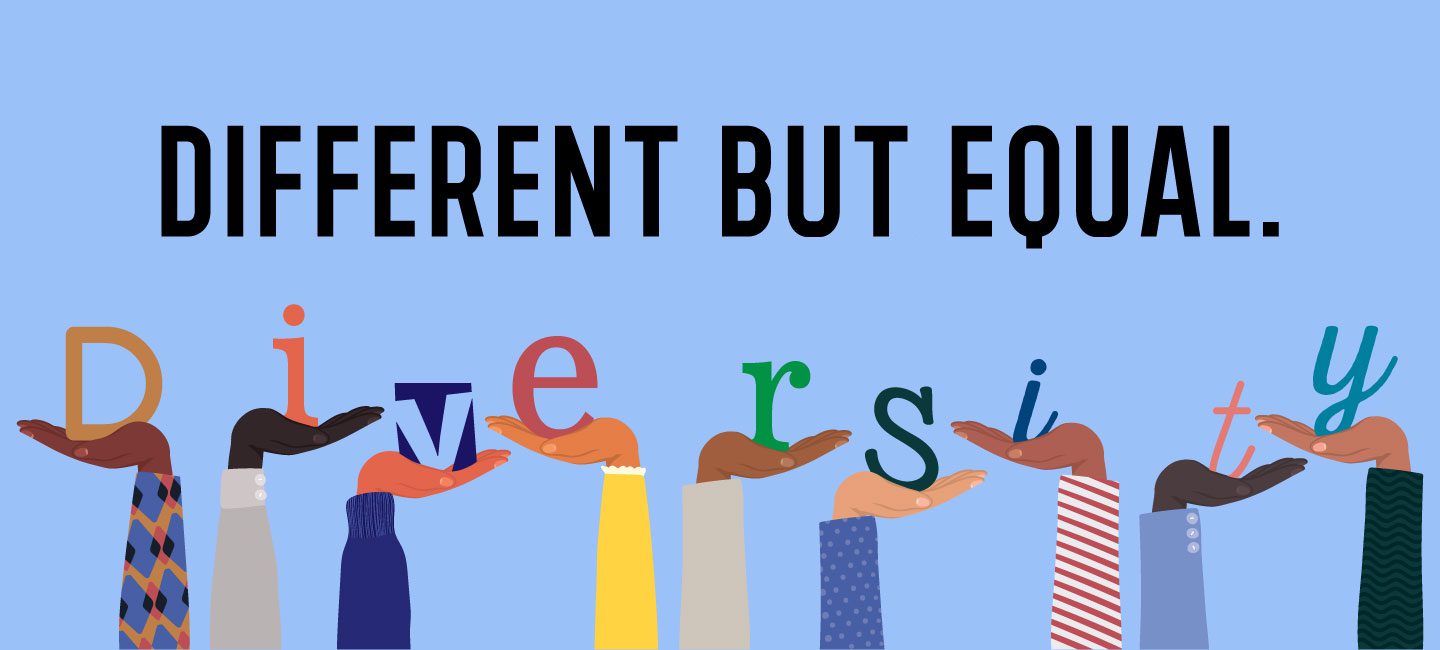Access is a small word that carries significant meaning. In a world where freedoms and rights blare the airways, access bears an even greater weight. It signifies what is available to us, what individuals have permission to, and what we are permitted to use or take advantage of. We would be hard-pressed to find a person who doesn’t believe that access belongs to them, yet there are still groups of people faced with accessibility limitations in this day and age.
Healthcare disparities have filtrated the scene of medicine from its inception. Access to adequate medical care doesn’t paint an apples-to-apples picture, whether it is between the insured vs. uninsured, low-income vs. higher-income, rural vs. urban residents, and developed vs. developing world. Ethnicity, race, gender, sexual orientation, physical and psychological status are also factors that could land us in what is considered a vulnerable or marginalized population. These medical inequalities are only expected to magnify without intentional plans to rectify them.
The first step to removing barriers is to acknowledge that they are there. We have to admit that these healthcare hurdles exist and are not a figment of anyone’s imagination. Once we have come to terms with what is true, our next step is to be willing to take on the role of student and learn how to recognize signs and evidence that you are either an eye witness to or participating in perpetuating these disparities further.
Let’s begin by understanding what a number of these marginalized groups face and what they need from their medical care team in their well-being journey.
Physical and Psychological Status
We should note that not all disabilities are apparent. As providers, we should listen, take notice, and ask how we can best partner with a patient with a disability to provide the best care possible. Also, we need to understand what considerations are most important to the patient and develop plans to assist.
For patients with a psychological disorder, such as autism or developmental delay, try limiting the number of staff the patient interacts with. We should aim to create a consistent and calm environment during each visit or encounter.

LGBTQ Patients
LGBTQ patients face many unique healthcare challenges, including but not limited to stigma, discrimination, and lack of access. Our willingness to obtain and remain educated about the medical needs of this community is imperative. Try connecting with LGBTQ patients through satisfaction surveys and partnering with knowledgeable community health centers to help create a welcome, safe space for patients.
Transgender patients are particularly vulnerable due to the lack of healthcare research data available. When tending to transgender patients, it is important to discuss their preferred name and gender pronoun. This interest signifies to the patient that you’re dedicated to providing individualized care and serving their personal needs.
Ethnic or Cultural Differences
Any time we care for patients whose ethnicity or cultural background differs from our own, we must be aware of and respect those differences. A starting place is to ask questions about the patient’s culture and validate all assumptions through a thorough social and medical history.
Acquiring knowledge and experience is a continuous practice necessary to provide efficient and appropriate culturally responsive care. Our responsibility as medical professionals is to engage in opportunities that allow us to cultivate the essential skills and knowledge needed to relate and connect with patients that differ from us.
The Technology of POCUS Closing Healthcare Gap
Point-of-care (POCUS) devices and connections via the internet enable new technology solutions that help address health disparity challenges. Clinical-grade smartphone devices, such as ultrasound transducers and apps, convert a smartphone or tablet into a diagnostic ultrasound system. With AI integrated into these devices, we are provided with a guide helping us to obtain the best possible images, assisting with automation of features, and offering measurements and tools.
Digital health tools like POCUS help to democratize medicine. For example, in the developing world, access to healthcare is a major barrier, but POCUS and the technologies associated with the modality transform cell phones and tablets into low-cost diagnostic ultrasound systems. For rural or underdeveloped regions, where not only access to healthcare is limited but technology as well, providers can use mobile phones to eliminate some of the deficiencies in access and delivery of healthcare.
Point-of-care or bedside care also plays a meaningful role in closing the healthcare gap. The patients we define as marginalized may perceive the care they receive as inferior when compared to other patients. This perception can lead to reduced trust in medicine and the medical system. Having the ability to tend to our patients in close proximity sends an unspoken message to them. Empathy, connectedness, equality, compassion are all felt and received in our nearness. It indicates that stigmas do not exist and biases are not a factor.
As a medical community, let’s begin to believe together that we
can bring adequate care to all. Regardless of background, creed, location, socio-economic status, pre-existing condition, or lifestyle, providing the best to every patient we have the privilege and honor to serve will be our way forward. There are barriers in our way today, but tomorrow, we’ll bring them down.
To learn more about how our community can and is working to bridge the healthcare gap, read our Leveling the Equality Playing Field with POCUS and Removing POCUS Usage Barriers in Rural Communities blogs and see how you can get involved.





















